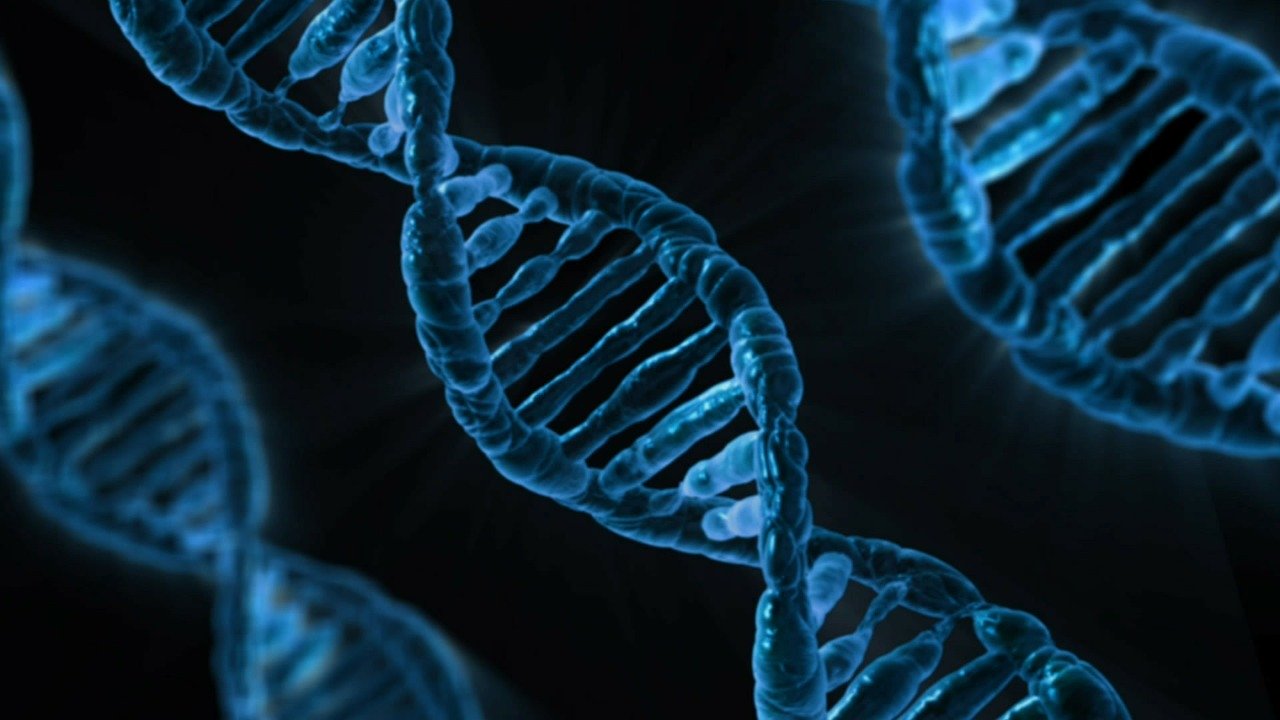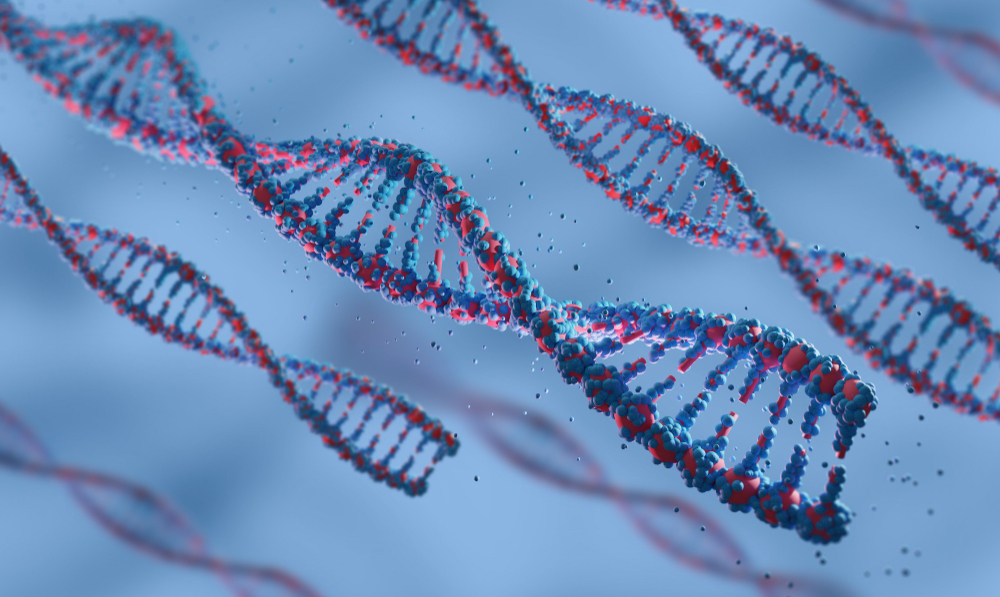Effective disguise and Human Genome

Scientists break into the human genome of human cells and make them invisible, they gave human cells the ability to squid to hide
A team of scientists has managed to make human cells hide, by modifying their genome using the squid genome, according to the New Atlas website.
The team worked on modifying human cells and giving them the ability to produce the protein of the reflux produced by the squid, which disperses the light coming into the cell, giving it the appearance of transparency or iridescence.
In spite of the strange nature of the genetic modification technique, the modification of genes and the addition of certain characteristics of human cells will open wide doors for exploration and research on what genes do.
Vital Experiment Field
The field of human biological experiments has proven its effectiveness through the multiple experiments of scientists. The team of the Department of Molecular Biology has been able to demonstrate the effectiveness of the genetic penetration technique by making human cells express the gene responsible for the formation of the fractal protein.
“We were able to determine the shape of the fractal protein and its multiple properties based on quantitative microscopy, and we discovered that it differed from the cytoplasm of the cells we introduced into it, and we found that it behaved as if it were within the original squid cells,” Alon Gorodetsky, a researcher with the Department of Molecular Biomechanics in Everne, told the New Atlas website.
Of all the strange abilities in the animal kingdom, the ability of squid to camouflage is one of the most amazing. Now, scientists at Irvine University in California have been able to transfer this ability to human cells for the first time, giving them transparency that makes them invisible.
And a team of scientists managed to give human cells the ability to hide by manipulating their genetic assets.
The Journal of New Atlas reported that scientists sought part of the genetic map of the marine squid animal.
Active camouflage is a survival strategy used by several marine cephalopods, including some types of octopus and squid. With the help of cells that change how light dissipates from them and takes the form of the surrounding, these animals change their colors to match their surroundings and become fully transparent and effective; To protect themselves from the danger before escape.
Human cell and human genome engineering
Based on this information, scientists manipulated the engineering of human cells; In order to produce a protein known as Reflectin, which is responsible for dissipating light to create a sense of transparency or so-called iridescence.
This was not just a strange trick, but their discovery opened the door to inserting genetically determined traits into human cells and exploring how genes actually work.
However, the idea of penetrating genes, merging DNA from one organism and transplanting it into the cells of another organism is certainly controversial. Some enthusiastically support it, while others consider it immoral.
But humans have long sought to become invisible, and have invented many myths that serve this goal, such as the “energy of concealment” and the hidden power of the ring in the series “The Lord of the Rings” and others.
The squid has a natural ability to disappear when it wants, and it can do this thanks to the specialized cells that can change at every moment under its management.
From Invisible Genome to Invisible Man

It may be surprising that applications of penetration of human genes can give humans the power of stealth, but current research focuses on a different field.
Researchers from the Department of Molecular Bioengineering at the University of California, Evren, believe that genetic penetration technology will open wide doors in various fields, according to the research published in the journal Nature Communications.
Scientists are looking to use this technique and research method to conduct further studies to investigate other genetic traits and add them to the biological experiments field for human cell engineering.
Alon Gorodetsky
Alon Gorodetsky is a researcher and professor of chemical engineering and materials science at the University of California, Irvine. His research focuses on biomimetics, the study and application of natural biological systems to develop new materials and devices. Specifically, Gorodetsky’s work is centered around the use of adaptive camouflage and bioluminescence in marine organisms to create new materials for various applications.
One of Gorodetsky’s notable contributions to the field of biomimetics is his work on developing materials that can adapt to their environment, similar to the way that marine creatures change color or pattern to blend in with their surroundings. He has developed a material that can change color in response to changes in temperature, which has potential applications in clothing and sensing technologies.
Another area of Gorodetsky’s research is in bioluminescence, the ability of certain organisms to produce light. He has studied the bioluminescence of jellyfish and other marine creatures and used their properties to develop new materials that emit light. These materials could have potential applications in lighting and biomedical imaging.
Gorodetsky has also been involved in developing new materials for energy storage and conversion, such as using nanomaterials to improve the performance of batteries and solar cells.
Overall, Gorodetsky’s research is focused on developing new materials and technologies that can mimic the unique properties of marine organisms, with the aim of creating more efficient and sustainable solutions for a range of applications.
